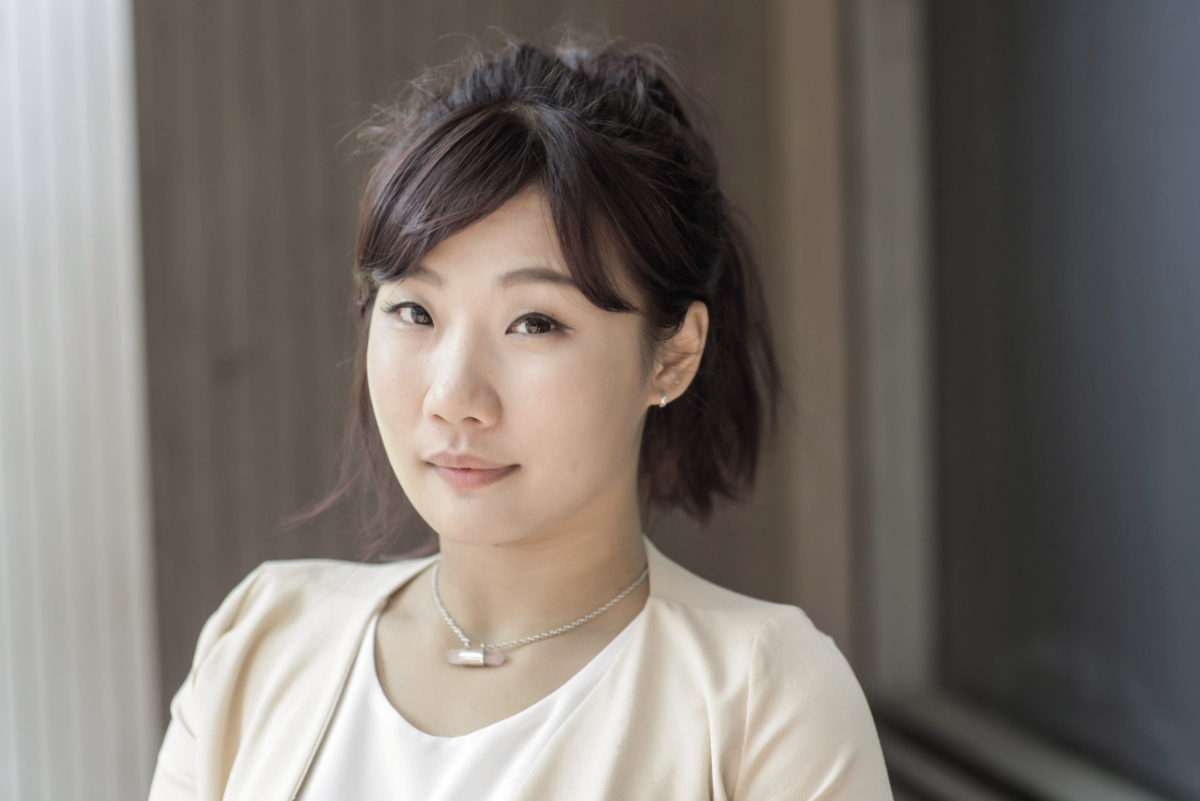From the June edition of pv magazine
Reviewing Q1 this year, China’s lack of clarity on subsidy policy has kept most downstream players waiting for the government to confirm solar subsidies while halting construction. As a result, Chinese demand collapsed after installing the delayed projects from the Top Runner Program before and after the lunar new year. Fortunately, in addition to India and Japan’s traditional high season in Q1, overseas markets, including the United States, Vietnam, Spain, Australia, Mexico, Brazil, and Ukraine, also saw strong demand.
Chinese module export data also showed that Q1 this year saw a new high for module exports by hitting 16 GW, demonstrating Chinese manufacturers’ dependence on overseas markets in H1 this year. Moreover, demand in Japan and India didn’t see a major decline after fiscal 2018 in the end of March, resulting in higher than expected demand amid the low season in Q2. In addition to higher than expected demand, non-Chinese markets’ adoption of mono PERC modules has also improved.
Examining module output, the conventional 60 cell multi-Si modules have an output of 275 W only, whereas 60 cell mono PERC modules can reach 310 W without assembling additional technologies. If mono PERC modules are assembled with half-cut or the larger wafer actively promoted by Jinko, output can reach 315-320 W. In other words, although there’s a spread of $0.05/W between mono PERC and conventional multi-Si modules, the output difference between mono PERC and multi-Si can be as high as 40W per module of the same size, giving mono PERC modules a great advantage in terms of internal rate of return (IRR). Thus, the U.S. and European markets saw higher demand for mono PERC modules in H1 2019. Meanwhile, large PV plants in emerging markets also turned to mono PERC modules, resulting in a diminishing multi-Si module market. Driven by the market’s shift from multi to mono, vertically integrated companies and cell makers have been converting production lines to mono PERC rapidly.
Following this rapid multi-Si to mono PERC switch, particularly vertically integrated companies such as Jinko and Hanwha Q Cells, along with the continuous capacity expansion of Tongwei and Aiko Solar, this year’s scope of PERC capacity expansion and upgrading saw a record high. Global PERC capacity this year is expected to see 50 GW of expansion, pushing up cumulative PERC capacity to 100 GW at the end of this year.
Despite mono’s significant expansion, a number of factors are combining to see a likely multi comeback, in China, later this year. The Chinese government will prioritize grid-parity projects over projects that need to participate in the bidding process, and won’t launch new projects for the Top Runner Program (of which mono products supplied up to 85% in 2018). This means that project developers will be more likely to choose multi-Si products again, increasing the market share of multi-Si products in China in 2019. High demand for mono in H1 has also driven up prices.
Demand in H2
Considering supply and demand, the governmental consultation paper published in early April requested local governments to confirm the first round of subsidy-free wind and solar projects by April 25 and submit the unqualified projects to the bidding schemes by May 31. The Chinese government since has confirmed the 2019 guidance FIT levels on April 30. Based on the time frame, Chinese demand will revive between June and July, and the high season will come between Q3 2019 and Q1 2020.
Looking at the current supply chain, from polysilicon to cell, prices had dropped gradually during February through April. After China unveiled its new policy in April, prices across the supply chain bottomed out and stabilized. It is important to note that cell makers’ production switch to mono PERC this year has led to a short supply of multi-Si cells and thus the market has seen a slight price increase in multi-Si cells in May.
Profitability for wafers, cells, and modules across the multi supply chain remained low in H1. Demand for mono products will remain strong in H2 due to higher profitability for wafer and cell makers and the continuous mono PERC cell capacity expansion. Prices for cells and modules won’t bounce back significantly.
China's FIT rates
The views and opinions expressed in this article are the author’s own, and do not necessarily reflect those held by pv magazine.
This content is protected by copyright and may not be reused. If you want to cooperate with us and would like to reuse some of our content, please contact: editors@pv-magazine.com.



2 comments
By submitting this form you agree to pv magazine using your data for the purposes of publishing your comment.
Your personal data will only be disclosed or otherwise transmitted to third parties for the purposes of spam filtering or if this is necessary for technical maintenance of the website. Any other transfer to third parties will not take place unless this is justified on the basis of applicable data protection regulations or if pv magazine is legally obliged to do so.
You may revoke this consent at any time with effect for the future, in which case your personal data will be deleted immediately. Otherwise, your data will be deleted if pv magazine has processed your request or the purpose of data storage is fulfilled.
Further information on data privacy can be found in our Data Protection Policy.